
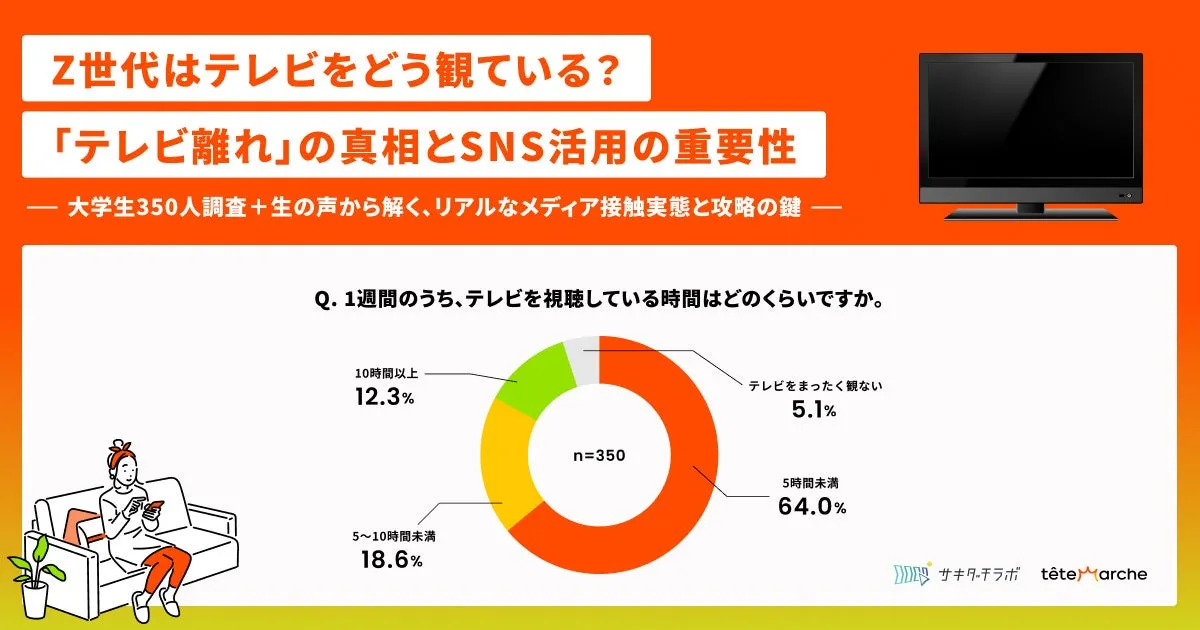
Z-Generation's Relationship with Television: Are They Really Turning Away?
Are Gen Z Really Turning Away from Television?
Recent findings by Sakidachi Lab, run by Tetemarch Co., reveal surprising insights into the television viewing habits of generation Z. The study analyzed responses from 350 university students and conducted in-depth interviews with 5 participants. The research aimed to clarify common beliefs about Gen Z's supposed abandonment of television in favor of digital media.
Background of the Study
In recent years, it has been widely reported that young people are distancing themselves from traditional television. The rise of smartphones and social media platforms has diversified media consumption among this demographic. To investigate whether this trend is as pronounced as believed, Sakidachi Lab conducted surveys and interviews focused on the television viewing practices of college students.
Key Findings
- - Viewing Time & Free Time: About 70% of university students reported watching less than 5 hours of television weekly. This is indicative of their busy schedules filled with part-time jobs and extracurricular activities, leaving them with limited leisure time.
- - Reasons for Viewing: The most common reason cited for watching television was simply habitual viewing without any particular interest, with 44.9% of respondents indicating this. However, specific interests, including favorite shows or appearances by beloved personalities (18.6%), also drive viewership.
- - Popular Programs & Competitive Content: Shows known for their unique concepts—like “Wednesday Downtown” and “It’s Tough Being a Celebrity!”—are more popular among students. Conversely, many students expressed that they often compare television programming to content available on platforms like YouTube or Netflix.
- - Impact of Social Media: Approximately half of the students admitted they started watching certain programs due to social media influence, particularly from platforms like Instagram and X (formerly Twitter). This indicates the growing role that social media plays in generating awareness and interest in TV content.
- - Utilization of SNS Content: Students frequently engage with content shared on social media, such as snippets or clips from programs. This 'short-form' content serves as a gateway for students to develop an interest in full episodes or to participate in discussions with peers.
Detailed Insights
Television Viewing Times
In the survey, when asked how many hours they spent watching television in a week, the overwhelming majority indicated “less than 5 hours” (64.0%). Furthermore, the results indicated that 5.1% of respondents didn’t watch any TV at all. In contrast, when they were asked about their total available free time, 22.0% also reported having “less than 5 hours” available for leisure activities. This suggests that a large number of students live hectic lives, leaving little room for television viewing, which may not be a priority for them.
Reasons Behind Viewing Choices
The most common reason for watching TV was simply that students were accustomed to having it on as a background activity (44.9%). While many had favorite shows, the habitual nature of turning on the TV seems to be a reflection of their living situations, with many students residing in family environments that promote such viewing habits. Notably, about 18.6% of students indicated they watch programs because their favorite artists were featured—reflecting a clear and intentional engagement with television when their interests are captured. Some even actively seek out when their favorite artists are scheduled to appear.
Exploring Program Popularity
Popular programs like “Wednesday Downtown” have emerged as favorites due to their originality and entertaining content, as highlighted by survey responses mentioning engaging project concepts and the relatable atmosphere crafted by the production teams. However, some students expressed dissatisfaction with mainstream offerings, suggesting they often find more compelling content through platforms such as YouTube and Netflix, which are perceived as more innovative.
The Role of Social Media in Viewing
An enlightening aspect of the study is that 44.9% of students gather information about TV shows through social media platforms, with many using Instagram or X as their first point of contact regarding what to watch. This catching engagement is essential in today’s media landscape where the experience is no longer confined to the television screen and instead exists as a part of a broader social conversation.
Concise Clips as Engagement Tools
Short, engaging snippets from shows serve as a bridge for those who do not typically watch television. Many relate how such clips spark their interest in watching full episodes while socializing about trending content with their peers. This reflects a potential for utilizing revised approaches to marketing and content distribution, capitalizing on the engagement powers of social platforms for content promotion.
Conclusion
Ultimately, this study illustrates that the perceived disengagement of young adults from traditional television viewing is more nuanced than previously thought. The varied interests, habits, and viewing styles within the Gen Z demographic point toward an evolving media landscape where television and social media coalesce. As half of the surveyed students use social media as a primary way to initiate viewership, this synergy becomes crucial for reaching young audiences. Content creators and marketers must harness these connective tools to foster deeper engagements, ensuring sustained interest and viewership within this changing landscape.
About the Study
- - Survey Title: Study of Television Viewing Habits
- - Methodology: Utilized survey techniques alongside depth interviews within national college and university students.
- - Sample Size: 350 respondents across educational institutions.
- - Duration: Surveys were conducted from March 14 to 15, 2025.
To explore more studies and insights from Sakidachi Lab, visit their official site here.
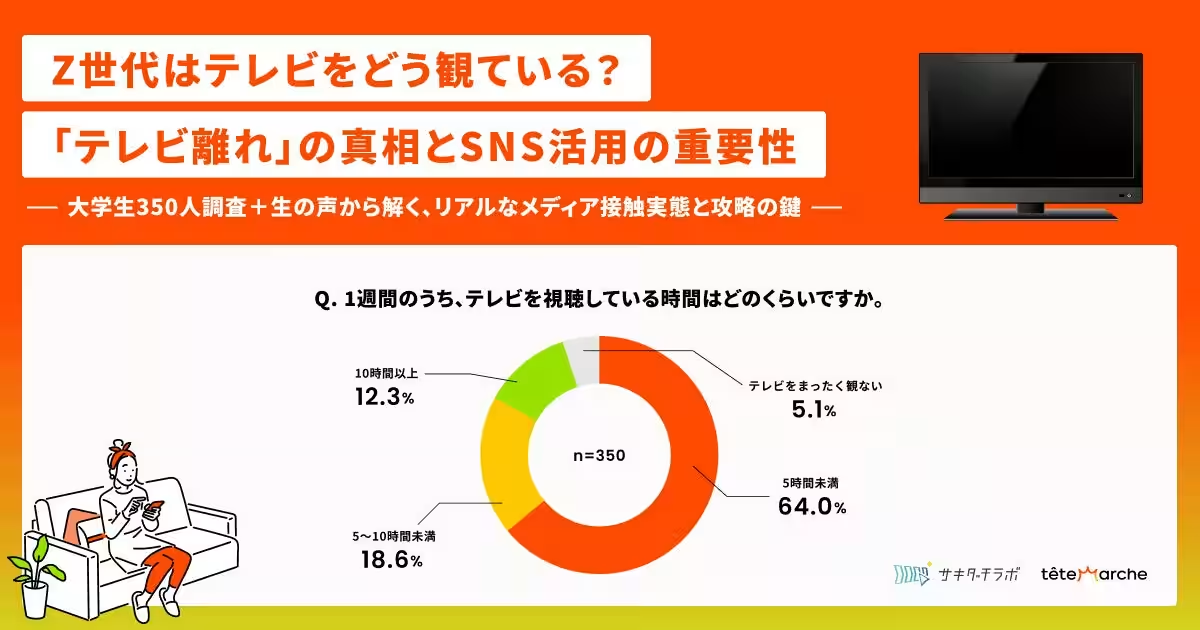
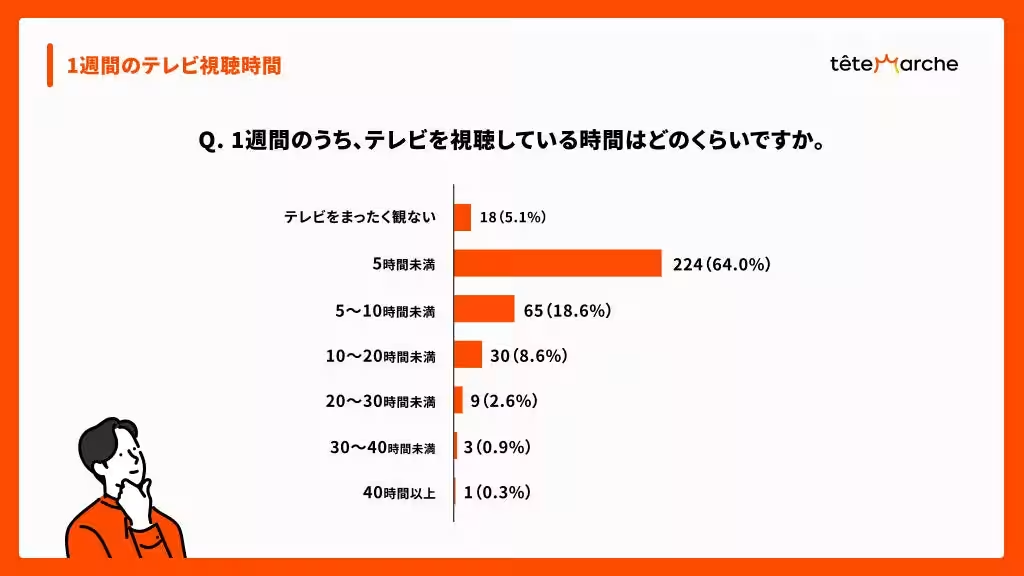
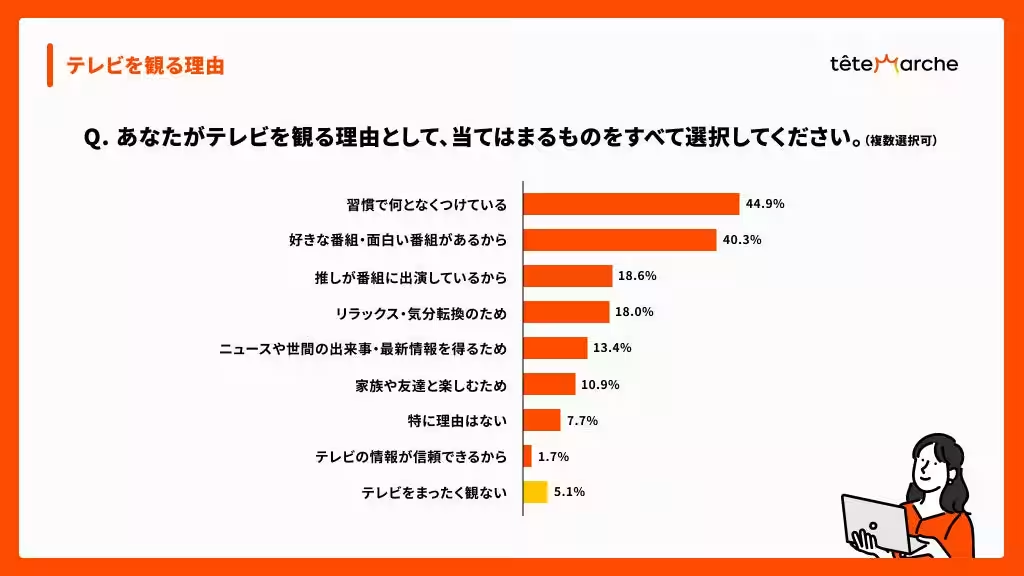
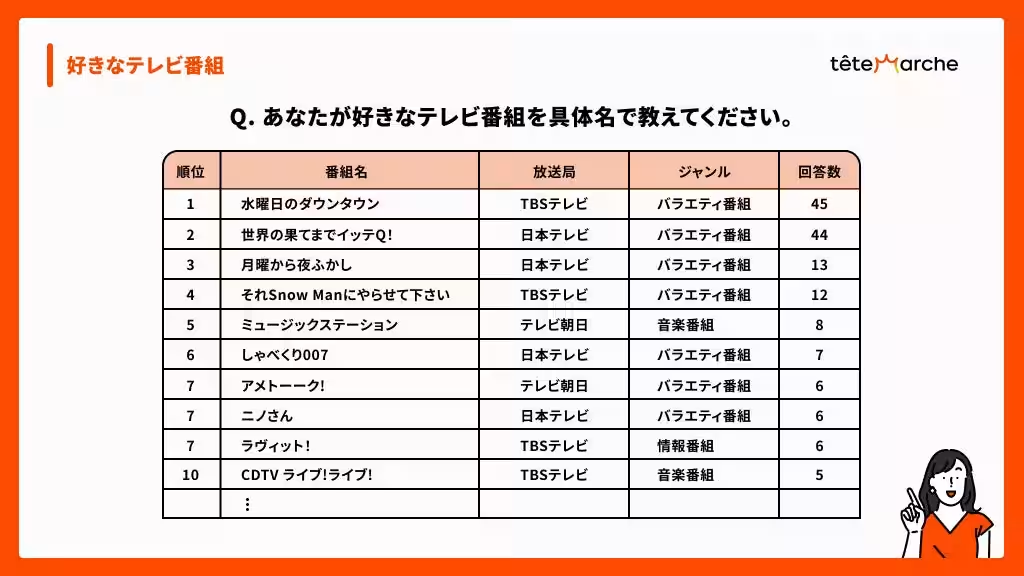
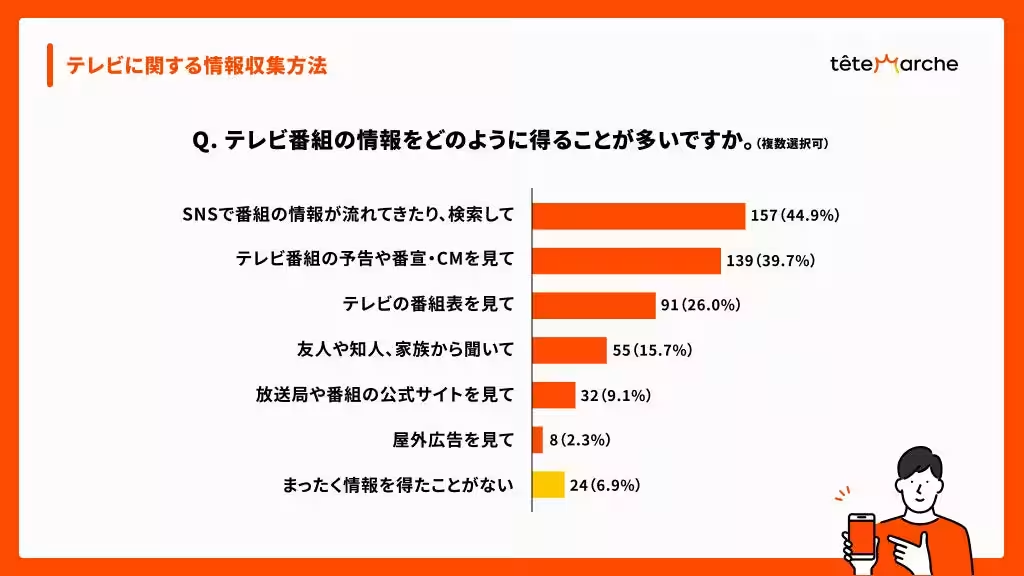
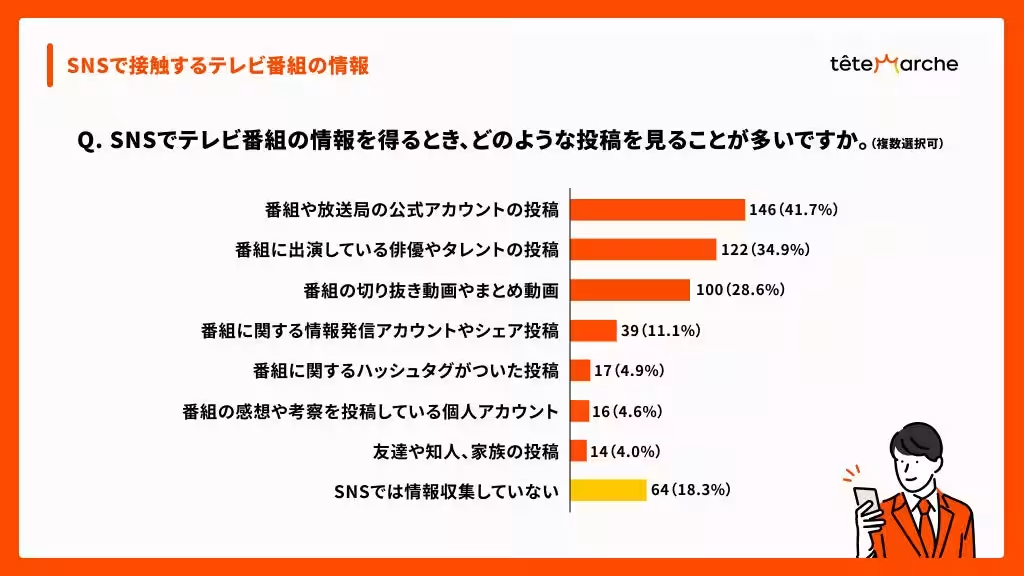

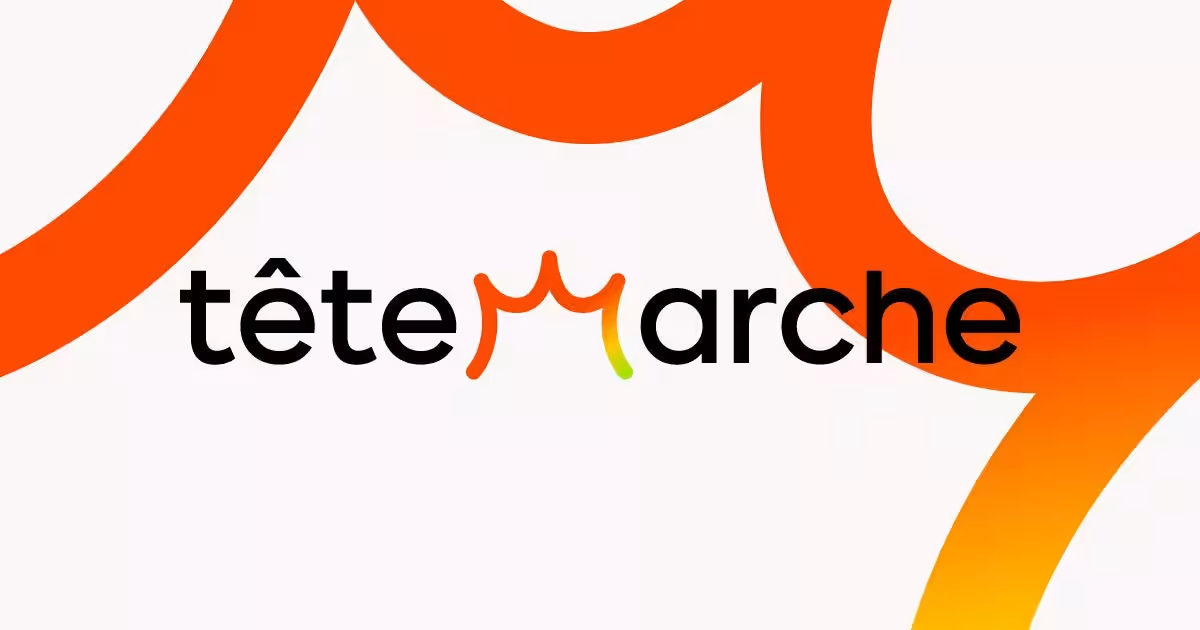
Topics Entertainment & Media)










【About Using Articles】
You can freely use the title and article content by linking to the page where the article is posted.
※ Images cannot be used.
【About Links】
Links are free to use.